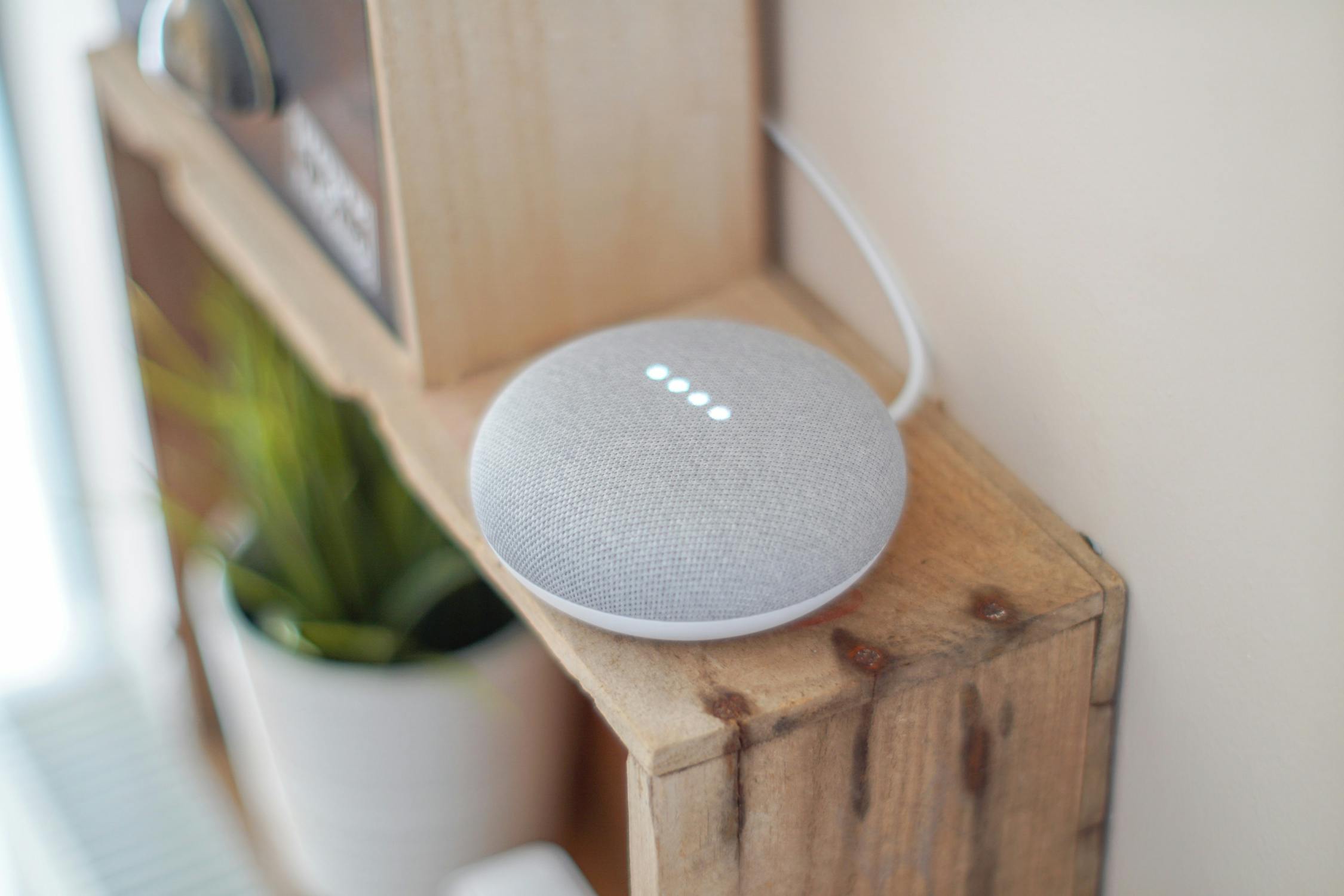Advanced IoT Automation Techniques for Your Home
Imagine your home reacting to your needs without you even lifting a finger, lights dimming when it's time to relax, the thermostat adjusting based on the weather outside, and your coffee brewing just as you wake up. These aren't futuristic dreams but realities made possible by advanced IoT (Internet of Things) automation techniques.

Whether you're looking to save energy, enhance security, or simply make life a little more convenient, IoT devices are rapidly becoming part of our everyday lives. But with so many options out there, how do you take it from basic automation to truly advanced?
1. Create Custom Routines for Every Part of Your Day
Think about your daily habits, waking up, leaving for work, returning home, going to bed. Each of these moments can be enhanced with the right automation. Many smart home systems like Amazon Alexa or Google Home allow you to set up routines where multiple devices perform actions simultaneously. But the trick is to go beyond basic commands like turning off all lights.
A morning routine could involve more than just turning on your bedroom light at a certain time. Advanced routines might trigger specific actions based on real-world conditions. Imagine if your thermostat adjusted itself based on both the current weather and your preferences for that time of day. Or if your smart blinds opened gradually as the sun rises, instead of just responding to a timer. Smart devices like Lutron's Caseta system and Ecobee thermostats offer this kind of nuanced control.
It’s about creating an environment that adjusts naturally without needing constant commands.
2. Leverage Geofencing for Smarter Automation
Ever left the house wondering if you forgot to turn off the lights or lock the door? Geofencing allows your smart home system to respond to your location automatically. A geofence is essentially a virtual boundary around your home that triggers actions when you enter or leave it.
Your geofencing system can prompt the thermostat to start cooling or heating the house so it’s at the perfect temperature when you arrive. You can also set up notifications that remind you to close the garage door or turn off appliances when you leave.
IFTTT (If This Then That), a free service that connects different devices and platforms, is particularly useful for setting up complex geofencing automations. It can integrate with popular devices like Nest and Philips Hue, allowing your lights, locks, and thermostat to sync with your phone’s location without much hassle.
Keep in mind that for geofencing to work smoothly, battery life on your smartphone may take a slight hit due to constant location tracking. Most users find this trade-off worth it for the convenience and peace of mind.
3. Use Machine Learning for Predictive Adjustments
The next level in smart home automation isn't just about reacting, it’s about anticipating needs. Some IoT devices now come with machine learning capabilities, allowing them to learn from your habits and make adjustments before you even think about them.
Take smart thermostats as an example again. Devices like Ecobee or Nest don’t just follow pre-set schedules; they learn from how often you adjust them manually and start making those changes automatically over time. If you typically lower the temperature right before bed but increase it after 6 AM during winter months, these systems pick up on those patterns and replicate them without needing constant input.
This predictive behavior also extends beyond thermostats. Smart lighting systems can adjust brightness based on whether you're typically active during certain times of day or evening. Even kitchen appliances are starting to join in, imagine an oven that knows exactly how long you usually bake chicken breasts and adjusts cooking times accordingly after seeing past patterns.
4. Enhance Security with Facial Recognition & AI Integration
If security is one of your top concerns, IoT has evolved far beyond basic alarms and motion detectors. Today’s advanced systems offer features like facial recognition and AI-driven cameras that differentiate between family members, guests, delivery personnel and potential intruders.
Cameras such as those by Nest Cam IQ or Arlo Pro 4 can now recognize familiar faces and send personalized alerts when someone unknown approaches your door. Combine this with smart locks like August Smart Lock, which allows specific people access at certain times (like dog walkers or cleaners), and you've got a powerful security system that knows who should (and shouldn’t) be inside.
Even better? Pair these features with voice-controlled assistants like Alexa or Google Home so you can lock doors or activate cameras just by speaking aloud while cooking dinner or watching TV.
5. Use Voice Control as More Than Just a Convenience
Voice control isn’t new in smart homes anymore, but many people still use it only for simple commands like “turn off the lights” or “play music.” What if voice assistants could give more specific responses based on context?
Amazon Echo and Google Home have expanded their integration capabilities with third-party apps in recent years, meaning they aren’t just good for controlling lights anymore but can also provide intelligent feedback based on other sensors around your home.
For instance: Imagine sitting down at dinner asking Alexa how much energy you're using right now, not only will she tell you what devices are drawing power but also suggest ways to reduce consumption based on previous data collected by your smart meter (if integrated). Or perhaps while getting ready for bed one night you ask Google Home if any windows are open, thanks again goes back into integrating multiple sensors throughout various parts all working together seamlessly under voice control setups available today!
So get started researching the above today to start you own planning for using IoT in your own home!